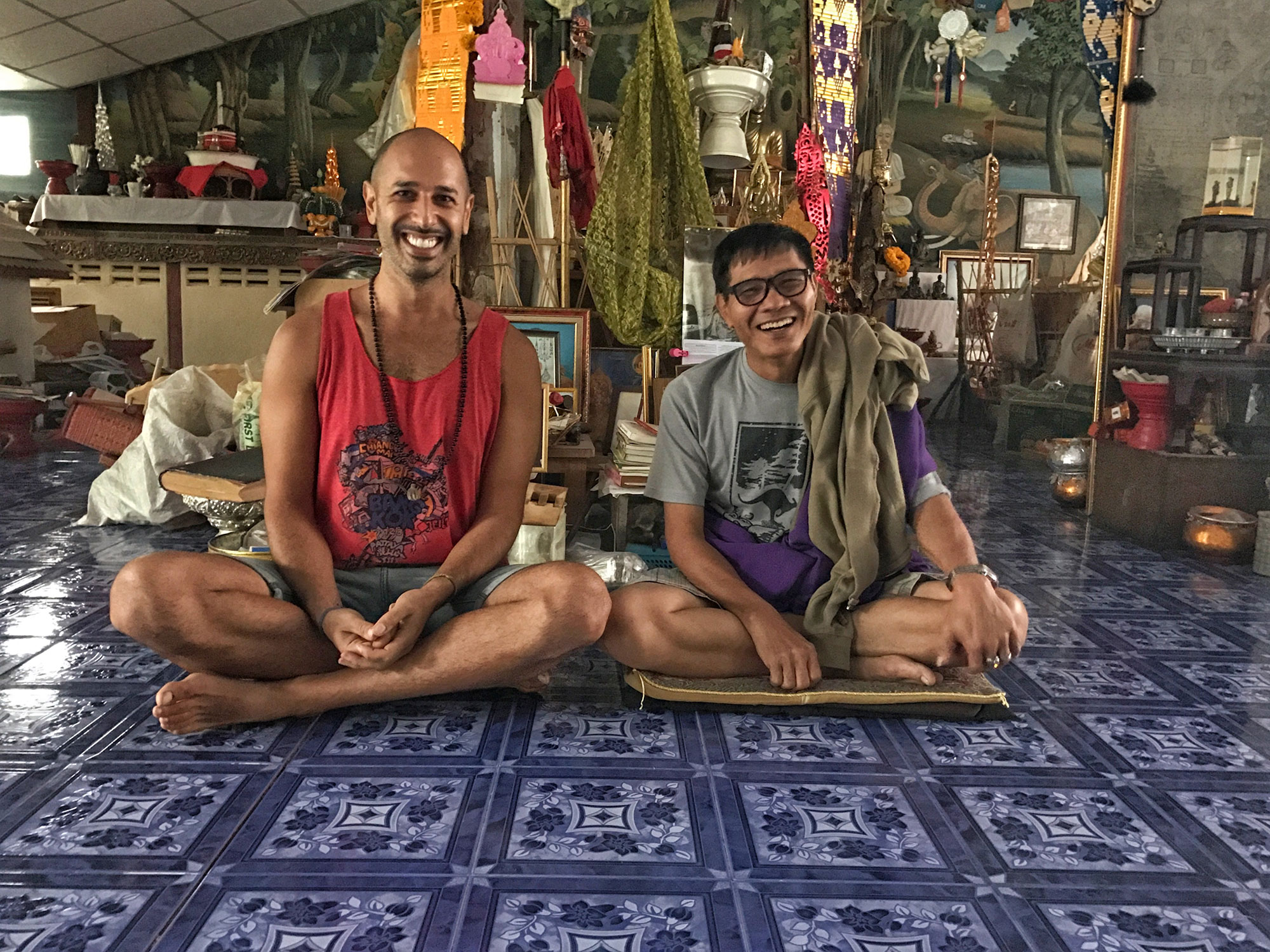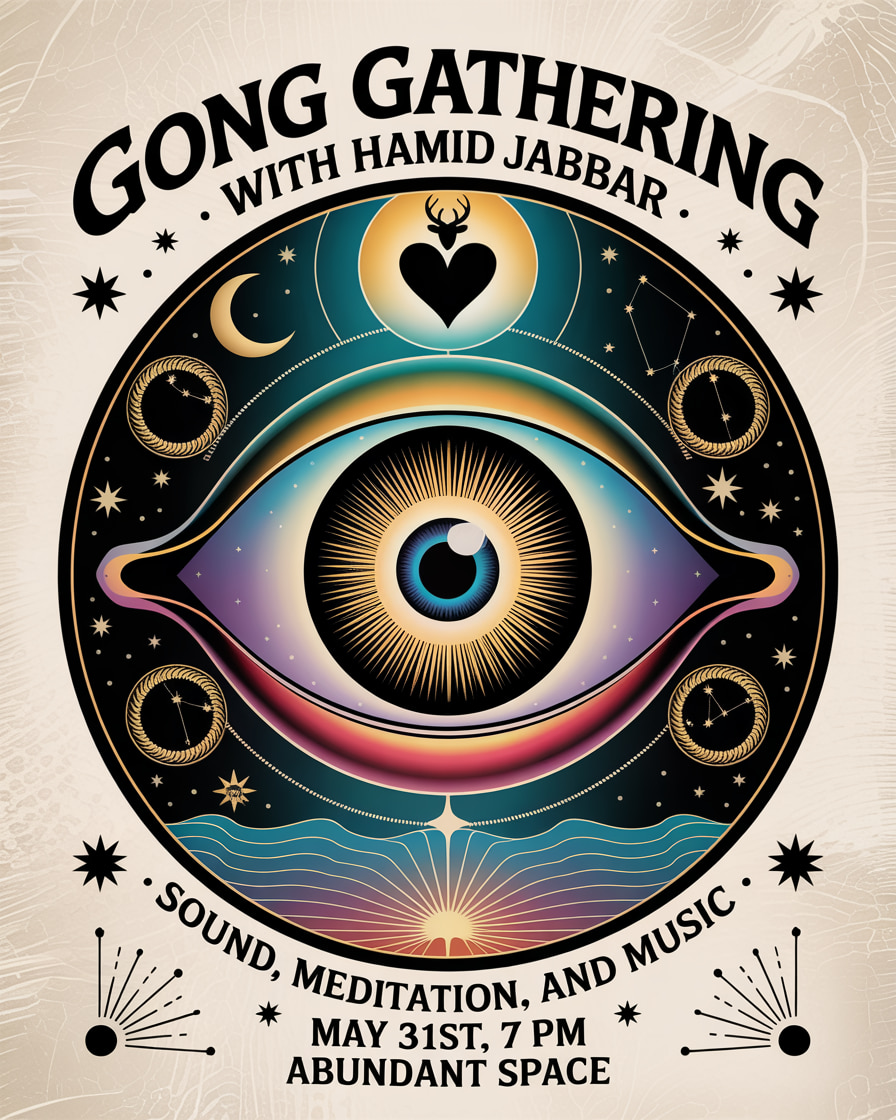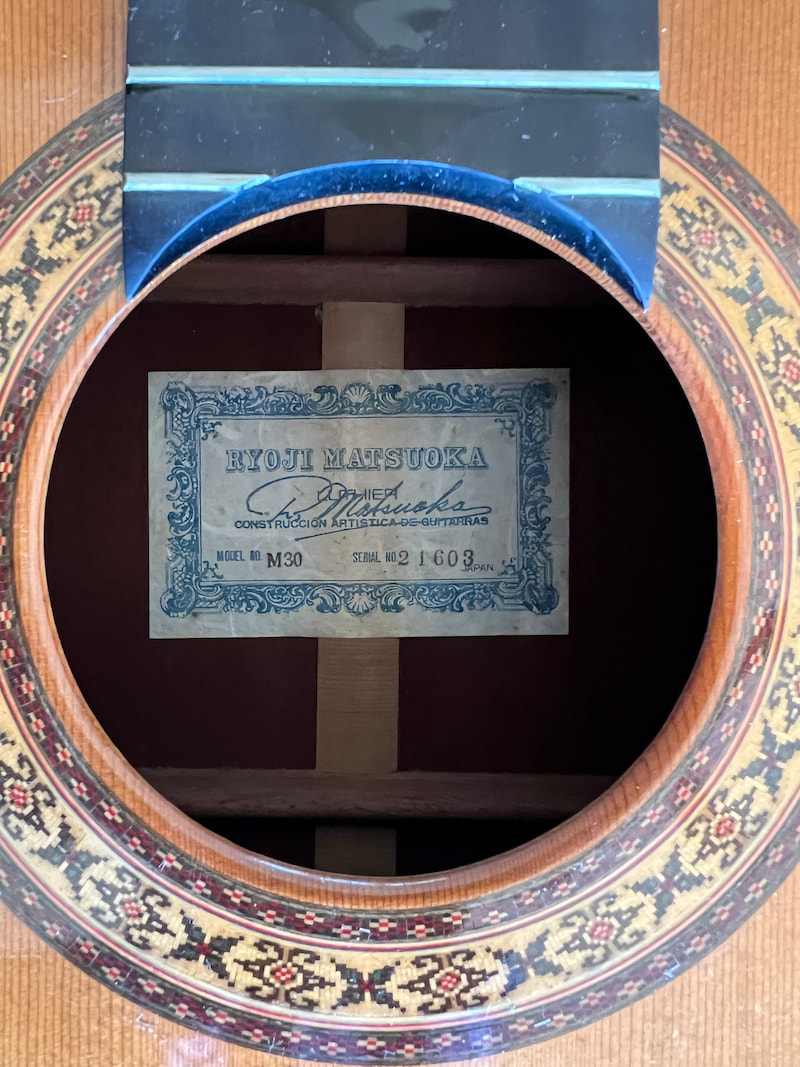Pichest Boonthume is one of the last living masters teaching Thai massage in Thailand. Pichest’s style is unique and developed out of many years of investigation of his own body and the effects of massage on others. Pichest often speaks about how he started practicing Thai massage in the same style used all over the country, which follows a general sequence of palm pressing, thumbing, and a flow through a sequence from the feet through the head. After practicing this style for years, doing many massages each day, Pichest found that his own body was becoming stiff and damaged (as Pichest says: his body was “terrible”). More so, he noticed that the effects of massage on clients was not lasting and often detrimental, causing more harm than good.

Hamid & Pichest, January 2017
Pichest left the confines of the traditional massage world to reconnect with his own body and heal himself. He says that it took him 10 years to fully heal and, in the process, he developed techniques that are both beneficial to the therapist and the client. In essence, Pichest hacked Thai massage so that he was also getting benefits out of giving the massage.
No longer does Pichest use palm pressing as a primary technique and he seldom uses thumbing, except when doing very precise point work. Instead, Pichest uses techniques that he developed, which often involve sitting on body parts, and the precise use of feet, knees, calves, shins, and forearms to deliver the perfect amount of pressure with no effort on the part of the therapist. Much of a Pichest-style massage will also be seemingly static, with very long periods of compression. These long and smooth holds allow the client to relax fully without protecting and provide time for the opening of energy channels. Warming of the body is often accomplished via sitting on a client to perform blood stops rather than the more conventional palm pressing. No set routine is applied. Rather, the massage follows the client’s individual needs.
Through the years of practicing and teaching, Pichest has mastered the assessment and diagnosis of almost every mental, emotional, and physical issue that can be presented by a client. Pichest’s teaching focuses on using the body as a teacher–both one’s own body and the bodies of others. Of principal importance to Pichest is that his students first heal themselves. He believes that one must be healthy and open in one’s own body first in order to help others. This often leads to Pichest pointing out all of the “terrible” parts of each student’s body. However, Pichest is always quick to remind each student: “Don’t worry. I was terrible before you.” In that statement, he provides encouragement for each student to continue practicing and healing themselves.


